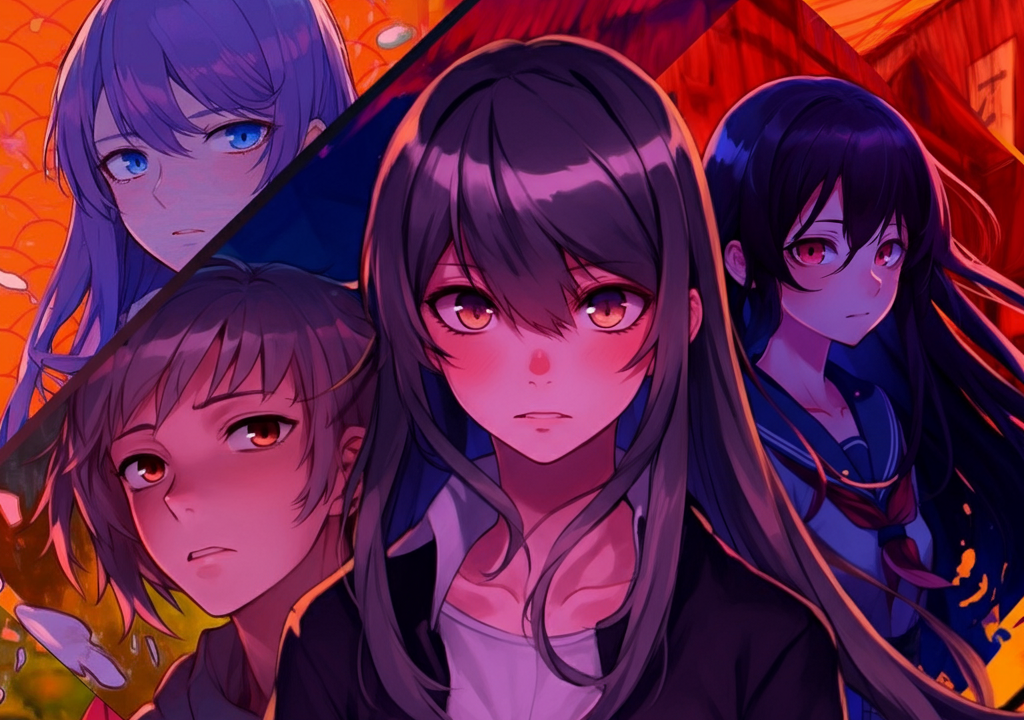The world of anime and manga is built on nuance. For years, fans have pored over their favorite shows—debating every character’s backstory, motivation, and even their flaws. But in this buzzing community, one term has gained fresh traction: SankkuComplex.
What is SankkuComplex, and why is it capturing so much attention across anime fandom? More than just a catchy phrase, SankkuComplex captures the fascination with layered, psychologically complex characters—those with conflicting emotions, unresolved traumas, or hidden depths. This article explores what SankkuComplex means, where it comes from, and why it deeply moves fans and critics alike. Whether you’re a die-hard anime devotee or a curious newcomer, join us as we dive into the heart of this evolving cultural phenomenon.
What is SankkuComplex?
At its heart, SankkuComplex describes the appeal of anime characters who are anything but simple. These are individuals whose personalities reveal unexpected contradictions—self-assured on the outside, vulnerable within; tough yet tender; or confidently flawed. The term is fan-driven, used to celebrate character depth and the emotional realism that fuels countless community discussions.
While SankkuComplex echoes the name of “Sankaku Complex” (a well-known, uncensored anime news and commentary site), it has since evolved into its own distinct idea. Here, the focus is psychology, not controversy: anime’s best-loved figures are remembered not just for iconic scenes, but for how their internal struggles mirror our own.
Origins and Cultural Significance
The Birth of SankkuComplex
Most anime historians and respected online analysts believe the term “SankkuComplex” began circulating in forums like Reddit and Discord sometime in the late 2010s. (See Anime News Network for ongoing discussions about character psychology in modern fandoms.) Fans wanted a new shorthand to describe layered, “triple-complex” protagonists or the emotional webs spun around tsundere archetypes and similar figures. “Sankku” is thought to riff on “San-ku” (“three sufferings” in some translations), while “Complex” is a nod to the intricate mental states on display.
SankkuComplex in Anime Culture
Anime as a medium excels in presenting complexity—whether it’s the sharp-tongued tsundere, the wounded antihero, or the protagonist burdened by past trauma. SankkuComplex quickly became the banner under which fans explore these facets:
- Tsundere archetypes: Those who shield sensitive hearts with bravado or barbed humor.
- Characters with complicated backstories: Personal growth, tragedy, or moral struggle take center stage.
- Explorations of moral ambiguity: Heroes and villains both can be sympathetic—or deeply flawed—in equal measure.
This in-depth character analysis is also echoed by academics and critics (see Journal of Japanese Studies, Vol 46, 2020), marking SankkuComplex as more than a passing fad. It represents a growing respect for anime as art capable of reflecting—and challenging—real-world psychology.
Examples of SankkuComplex in Anime
It’s easy to point to anime icons who show what SankkuComplex really means in storytelling. Here are just a few that critics, fans, and scholars frequently reference in interviews and editorial roundups:
- Asuka Langley Soryu (Neon Genesis Evangelion): She’s loud, competitive, and seemingly fearless—yet at her core lies deep insecurity and a longing for acceptance. Anime psychologists (see Psychology Today: The Invisible Brain, 2022) have highlighted her as a hallmark of nuanced, trauma-informed storytelling.
- Katsuki Bakugo (My Hero Academia): His anger and abrasive drive to be the best are counterbalanced by self-doubt and complex motivations to protect those around him.
- Tomoko Kuroki (Watamote): Sharply self-critical, Tomoko’s comedic anxieties are painfully relatable. Her struggles with social acceptance and internal monologue make her a frequent SankkuComplex case study.
- Rei Ayanami (Neon Genesis Evangelion): Reserved, enigmatic, and searching for her own purpose, Rei invites endless debate regarding self-identity and existential depth.
Plenty of other characters fuel the SankkuComplex debate—from Light Yagami’s moral conflict (Death Note) to Violet Evergarden’s journey from suppression to self-understanding. These are the figures who, once discovered, linger in the mind long after the credits roll.
Why SankkuComplex Resonates With Fans
So, what is it about SankkuComplex—both the idea and its real-life examples—that sparks such lasting conversations across the anime fandom? Over years of observing online debates, fan essays, and academic panels, consistent patterns emerge:
- Emotional Resonance: When characters echo real emotions and hardships, fans often see reflections of their own lives. The result is empathy and, sometimes, catharsis via fictional worlds.
- Appreciation of Subtlety: Many mainstream media forms simplify good and evil. Anime with SankkuComplex bends those expectations, rewarding deeper analysis and discussion.
- Shared Exploration: Strong communities form when viewers collaboratively interpret a character’s behavior or unravel hidden motivations, creating a culture of learning and friendly disagreement.
In that sense, SankkuComplex functions as a mirror—both for the creators’ intentions, and the analytical spirit of anime’s most passionate fans.
Addressing Criticisms and Common Misconceptions
No trend grows this quickly without sparking some debate. SankkuComplex isn’t universally praised. Drawing from industry interviews and critical panels (Crunchyroll: Anime and Fandom, 2023), here are a few points of contention:
- Overinterpretation and Gatekeeping: Some fans feel excluded by the expectation to “read between the lines.” Not every character demands a doctoral thesis, nor should every viewer be forced to provide one.
- Overshadowing Simplicity: In striving for analysis, simple joys or straightforward characters can get overlooked. There’s value in both complexity and clarity.
- Romanticizing Trauma: A recurring critique is the risk of idolizing pain or troubled mindsets, especially among younger viewers. Expert voices remind us that fiction can illuminate mental health, but never replace treatment or real-world understanding (see NIMH).
Ultimately, a balanced view allows SankkuComplex to enrich anime culture—as long as discussion remains open, empathetic, and respectful of diverse perspectives.
Conclusion: Embracing Depth in Anime, Together
SankkuComplex blends passion, empathy, and curiosity. It invites us to seek out characters who reflect life’s authentic highs and lows—not just through spectacle, but through the subtle evolution of hearts and minds. These stories ask us to think, reflect, and connect deeply with fictional journeys.
If you have your own favorite examples of SankkuComplex, why not share them below? Or, better yet, start a conversation with your anime friends—what moments or figures left you thinking long after the series ended? For more nuanced dives into anime’s psychology and storytelling, consider subscribing to our newsletter.

